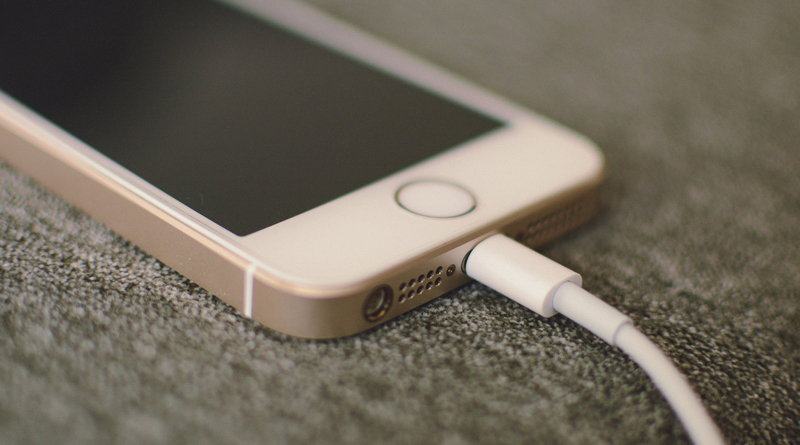Charging Ahead: Mobile-Device Charging Comes to Campus
By Daedalus Howell
CHICAGO — A decade ago, the notion of a specialized mobile-device charging station for a generation students often derided as “special snowflakes” would surely have exploded some faculty heads. But that was then, and digital devices on campuses are decidedly now.
Schools across the nation have embraced mobile technology in the classroom and beyond in “bring your own device” scenarios and in what are known as “1:1 programs.”
Yes, it sounds like a ping pong score, but 1:1 programs, also known as, “one-to-one computing” are part of a global educational initiative in which academic institutions, including middle schools, high schools or colleges, provide students with a digital device to facilitate their access to the Internet and online course materials. Think of it as “screens for teens” and you’re most of the way there.
In a school district not far from the School Construction News offices in nearby Petaluma, Calif., this reporter witnessed the implementation of classroom devices firsthand. Instructor Glenn Berry at McKinley Elementary School was teaching his sixth graders the fundamentals of storytelling as the students whipped up storyboards on their devices in real time. This only confirmed Petaluma City Schools’ supposition on its website that “We believe having their own iPads will help our students learn in the ways they learn best. At the same time, students will be sharpening the technology skills that are now essential in nearly every aspect of life.” And every student, district-wide, was provided an iPad for free.
Besides being a contemporary teaching modality sure to inform how these present-day learners function as future workers, providing the devices has a variety of environmental benefits — it essentially erases the need for paper from every part of the pedagogical equation. Need to write a term paper? There’s an app for that. Need to read a chapter in a 400-page science book? Swipe away. The move to digital not only saves trees, but also alleviates the need to lug around a spine-curving backpack loaded with heavy books. Whether or not devices indirectly end childhood scoliosis has yet to be seen, but their presence in the scholastic lives of the present generation of learners is very real and very now. Paper may someday be a thing of the past — at least that could be one of Google’s secret agendas, as the company continues to put its products in the hands of students.
Last spring, Futuresource Consulting, a specialist research and consulting service, reported that Google Chromebooks enjoyed 58 percent market-share in the U.S. education market. The news was echoed by The New York Times in May 2017, which attributed the success to Google’s marketing prowess. Ergo, more teachers feel compelled to bring devices into their classrooms.
This is all well and good for Google, its competitors and theoretically students and educators, but it’s moot if the devices aren’t charged. Claiming to have a dead device battery is the “my dog ate my homework” of the digital era.
Fortunately, a number of providers have stepped in to address the issue. Among them is Chicago-based CDI Computer Dealers, which recently released a statement that said it’s deployed more than 17,000 mobile charging carts to schools throughout North America as part of its “comprehensive work to support schools as they add mobile technology to classrooms and move to 1:1 programs.” Among its offerings is the mobiLAB charging cart by eduGear, which is exclusively designed for education.
“Any school or district seeking to add technology or move to a 1:1 initiative also needs to think about how they can easily transport charge and securely store their new devices,” said Glenn Collins, vice president of mobile computing at CDI, in a statement. “CDI has deployed more than 1 million devices to schools, so we understand their needs when it comes to mobile charging solutions. Our versatile, affordable charging carts from eduGear help schools get the most out of their technology program while keeping their assets safe.”
CDI’s mission is to help schools securely store, charge and transport multiple classroom devices at once. There’s an array of solutions at a variety of price points including, for example, the mobiLAB Charging Cabinet CC14, which starts at around $399 and can charge 14 Chromebooks and tablets. It can be locked for security purposes, and truly nomadic types will appreciate that it has optional wheels.
To read the entire article, check out the January/February issue of School Construction News.

